LINCOLN PARK, DC — The sound of gunfire once again pierced the night air of Southeast Washington, D.C., claiming the life of yet another young man in a neighborhood still wrestling with persistent violence.
Marcellus Smith, just 25 years old, was fatally shot around 10:08 p.m. on June 10 in the 1200 block of East Capitol Street SE, near Lincoln Park—a neighborhood known more for its charm and proximity to the Capitol than for deadly crime. But for many longtime residents, Smith’s death is yet another painful reminder that progress here often comes with a heavy cost.
The Night That Ended a Life
Police were dispatched to the scene following reports of gunfire. When officers arrived, they found Smith suffering from a gunshot wound. Despite emergency medical transport and efforts to save him, Smith was later pronounced dead at the hospital.
Investigators have yet to release information about potential suspects or motives. Meanwhile, the Metropolitan Police Department is urging anyone with information to come forward. A $25,000 reward is being offered for tips leading to the arrest and conviction of those responsible.
Call (202) 727-9099 or text 50411 with anonymous tips.
A Pattern of Violence on East Capitol Street
Smith’s killing is not an isolated event. East Capitol Street SE has become one of the city’s most troubling corridors, with a recent history of gun-related incidents that have devastated families and shaken community morale.
Just last year in November 2024, a 15-year-old boy was shot in broad daylight near the 1700 block of East Capitol Street. Despite being injured, he managed to run to Eastern High School for help. Two arrests were eventually made, but the trauma lingered in the community.
Then, in May 2025, a Mother’s Day weekend shooting left three women injured near East Capitol and Benning Road. The message was clear: not even holidays are safe from the violence plaguing this stretch of Southeast D.C.
The Double-Edged Sword of Progress
Ironically, these tragedies come at a time when D.C. is actually experiencing notable gains in public safety—at least in the broader sense. According to federal prosecutors, violent crime in 2024 hit a 30-year low, and homicides dropped by 32% compared to 2023.
As of June 9, 2025, the city has recorded 72 homicides, putting it on pace for a much-improved year compared to 2023’s grim total of 274 murders.
But the numbers don’t tell the whole story.
Despite citywide progress, Lincoln Park ranks in just the 17th percentile for safety nationwide, meaning that residents here still face a 1 in 16 chance of being a victim of crime. For families living along East Capitol Street, those odds feel even worse.
A Neighborhood Caught Between Two Worlds
Lincoln Park exemplifies the complexities of a neighborhood caught in transition. Gentrification has brought modern amenities, rising home prices, and new residents. Still, longtime locals warn that crime has never fully let go.
On the surface, Lincoln Park appears family-friendly, scenic, and safe. But peel back the layers, and the reality is far more complicated. Online community reviews speak of a “beautiful place to raise kids” in one breath and “don’t walk alone at night” in the next.
Further south and east of the Capitol, some neighborhoods have seen revitalization—especially near Navy Yard, where once-derelict blocks now boast luxury high-rises and trendy shops. But many parts of Southeast DC, particularly those east of the Anacostia River, remain plagued by systemic inequality, underinvestment, and ongoing gun violence.
Residents often describe living in a state of cautious optimism—hopeful but guarded, constantly reminded that peace can be shattered in seconds.
The Road Ahead: Can D.C. Keep Crime Down Everywhere?
City leaders now face a new challenge: sustaining progress while closing the gap between safer and struggling neighborhoods.
Federal prosecutors attribute the crime drop to targeting repeat violent offenders, focusing on the relatively small number of individuals driving the majority of the city’s gun violence. That strategy, combined with proactive investigations, has led to a measurable decline in homicides.
However, critics argue that these tactics don’t go far enough to address root causes—poverty, lack of opportunity, and decades of disinvestment in certain areas.
The city must now balance enforcement with community engagement, social support, and mental health services if it hopes to deliver safer streets for all residents—not just those in revitalized ZIP codes.
A Family Mourns, A Community Waits
For the family of Marcellus Smith, these debates feel painfully abstract. What matters now is the life lost, the hole left behind, and the agonizing wait for justice.
His name joins a growing list of victims whose stories are too often lost in the shuffle of press releases and crime stats. But for loved ones, each case is a world shattered—a future erased.
Anyone with information, no matter how small, is urged to come forward. Because sometimes, even the tiniest detail can break a case wide open—and give a grieving family the closure they deserve.

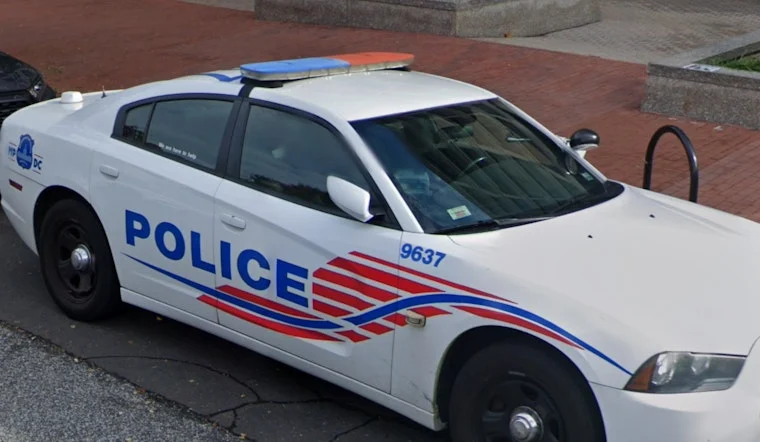
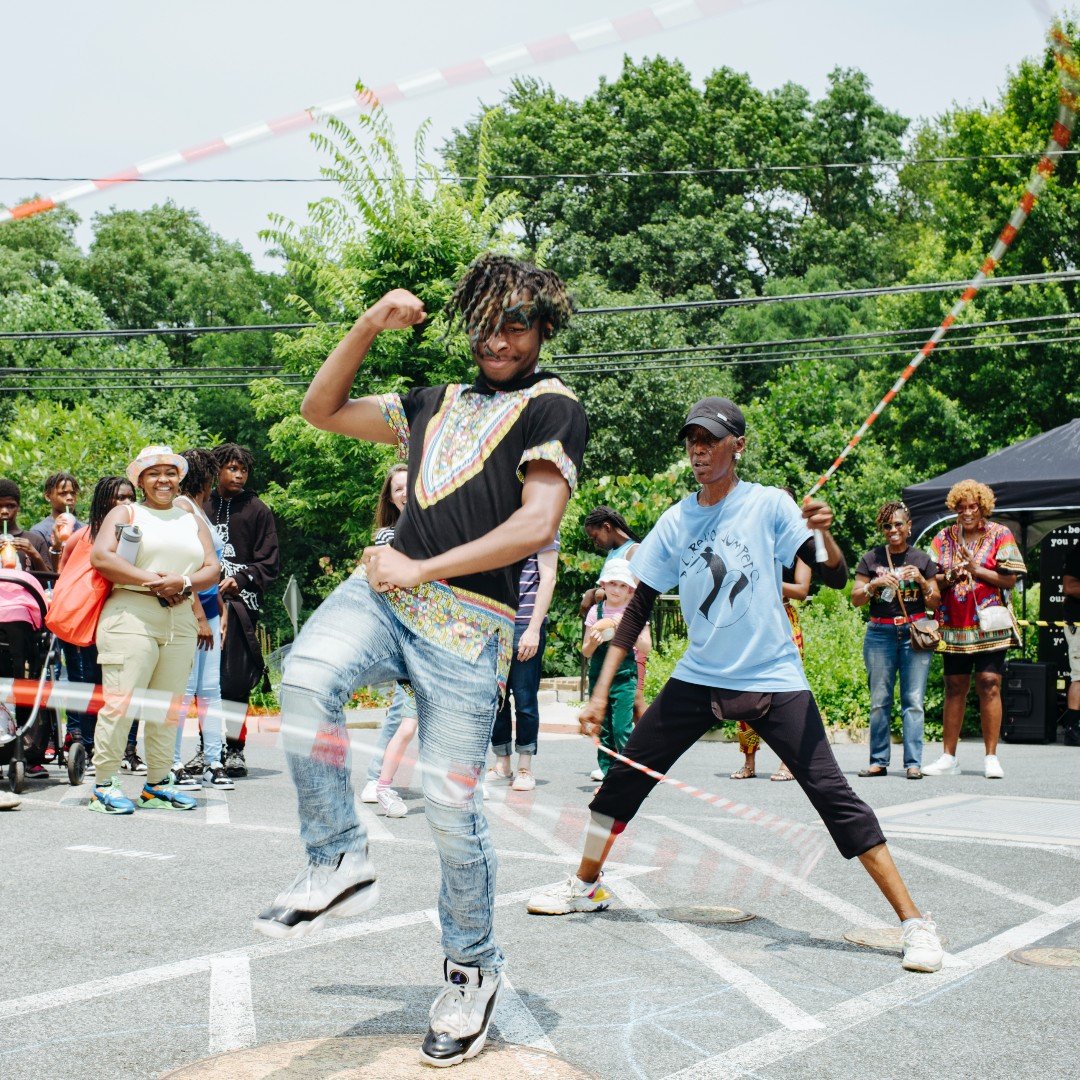

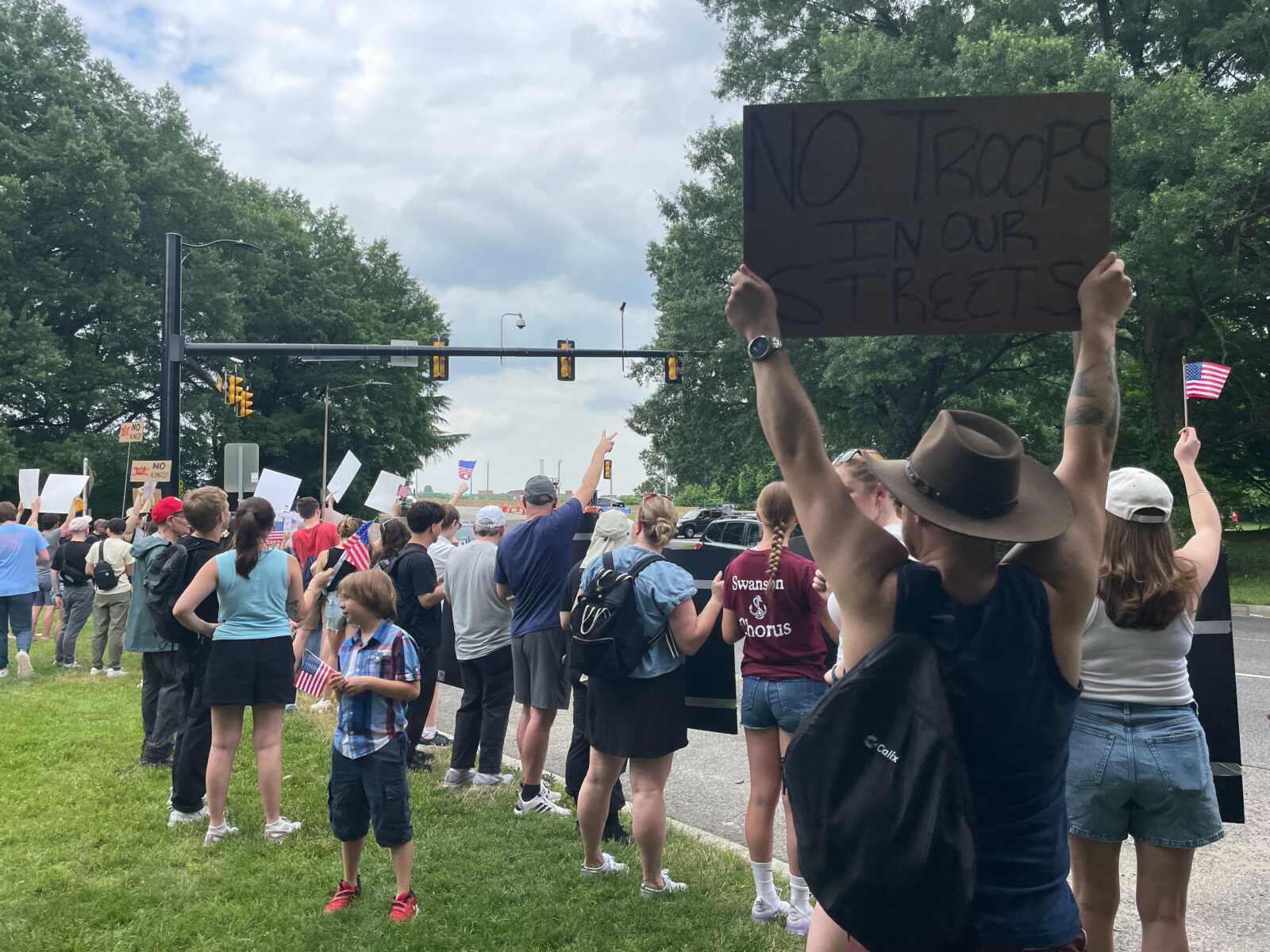
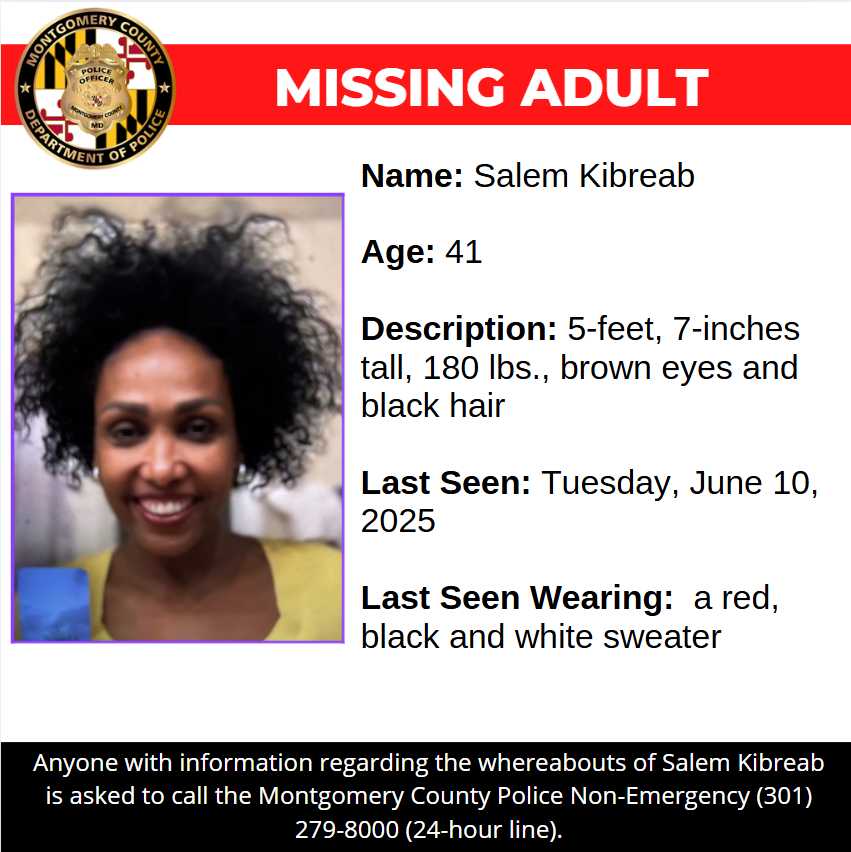
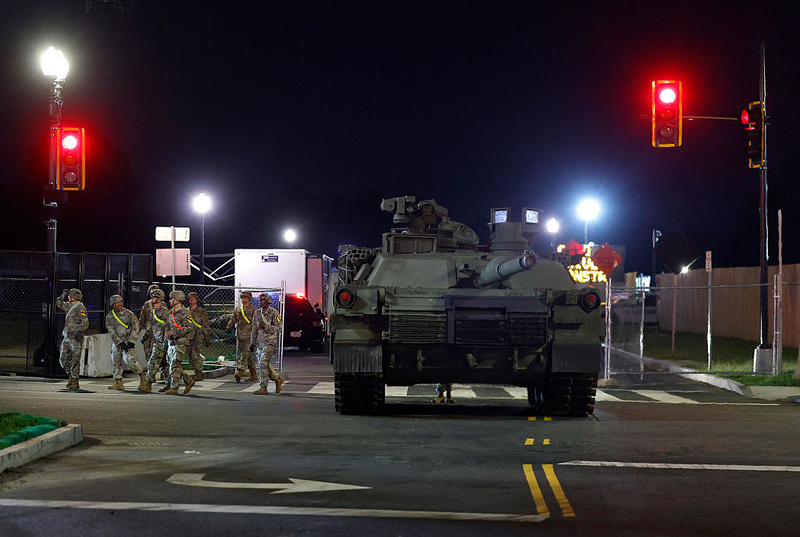
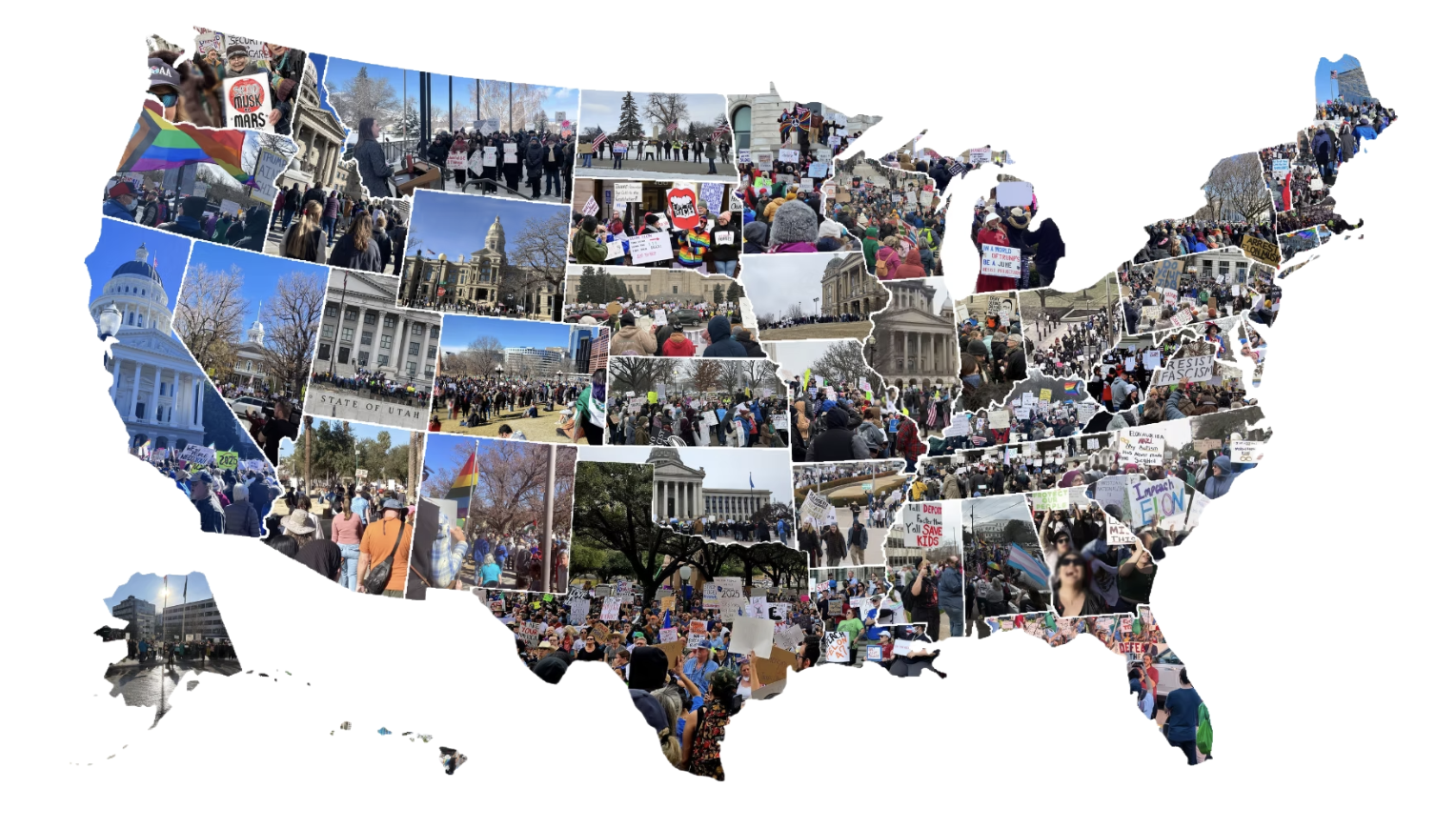
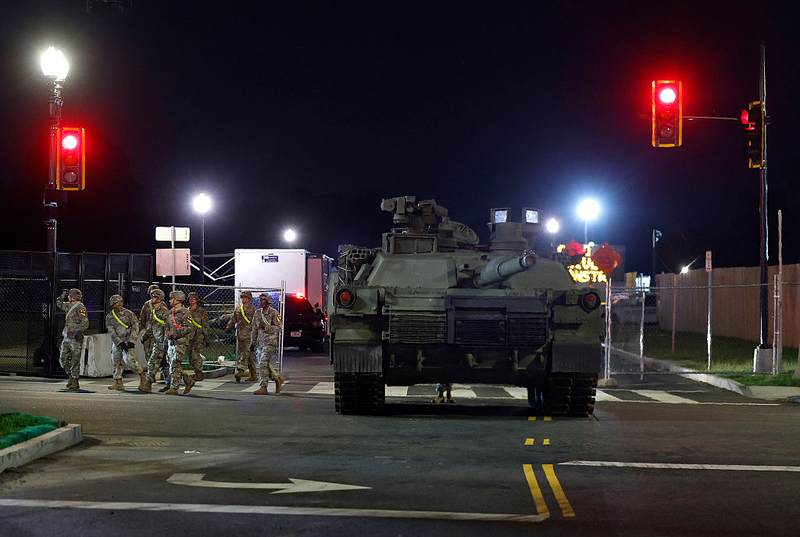
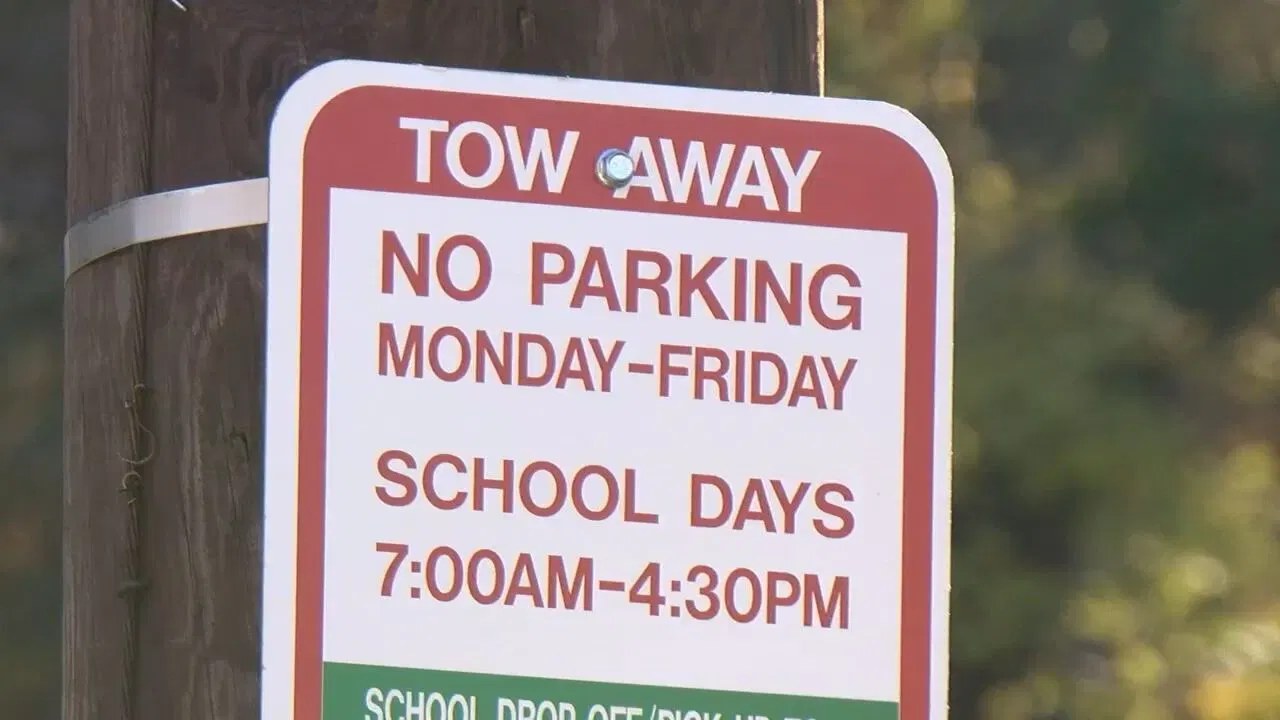


Leave a Reply